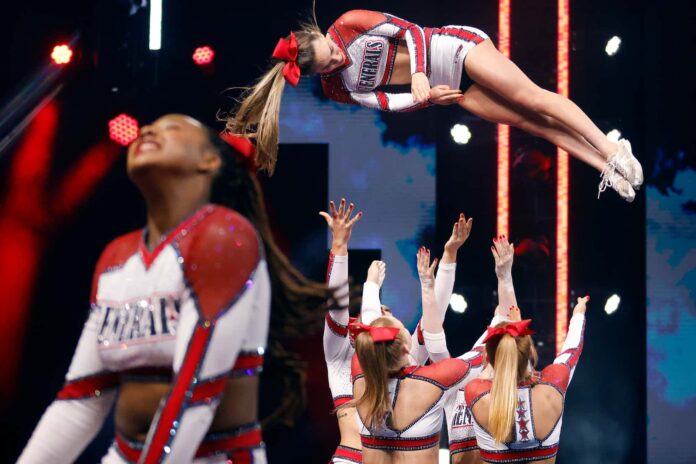
Cheerleading, once a sideline activity aimed at boosting the morale of sports teams, has evolved into a highly competitive and globally recognized sport. With its combination of athleticism, dance, gymnastics, and team coordination, cheerleading today is both a spectacle and a rigorous sport.
One of the most anticipated events in the cheerleading calendar is the ‘Battle on the Bayou 2024,’ a competition that exemplifies the sport’s dynamism and the dedication of its athletes.
The History and Evolution of Cheerleading
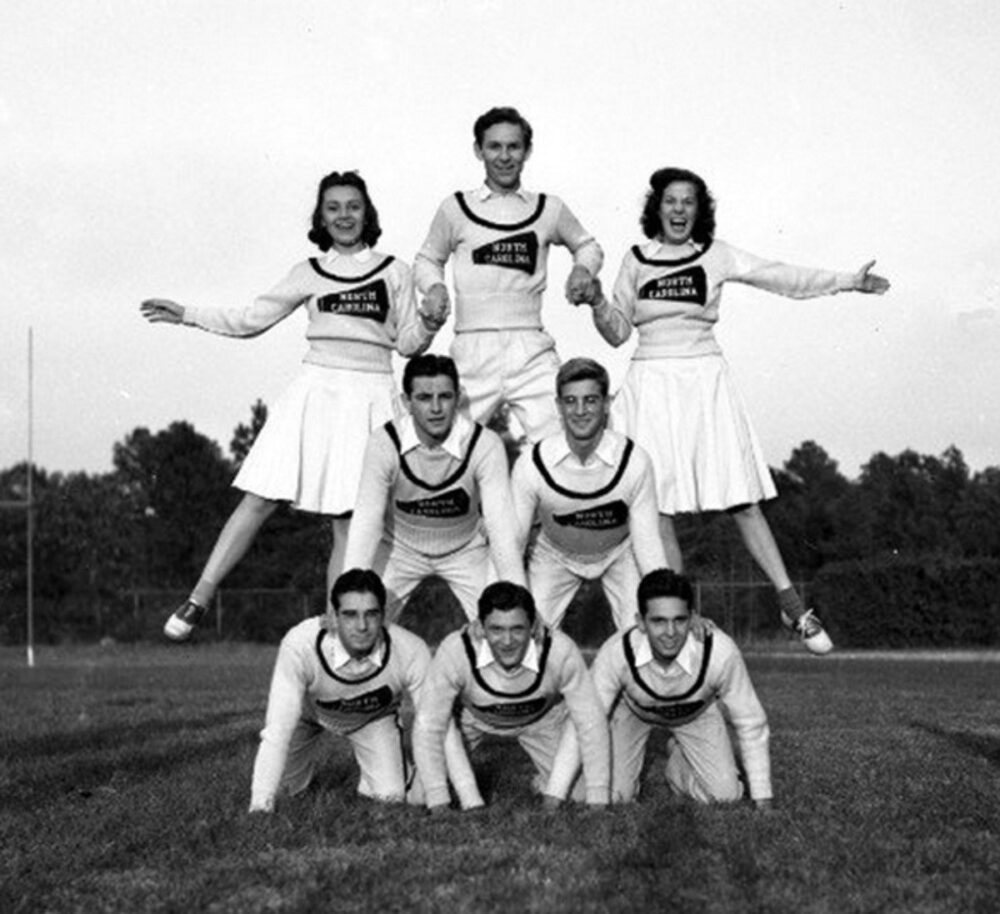
Cheerleading has a rich history that dates back to the late 19th century. The first organized cheerleading is believed to have occurred at the University of Minnesota in 1898 when Johnny Campbell led a crowd in a cheer to support their football team. This marked the beginning of an activity that would grow in complexity and popularity over the decades.
In the early 20th century, cheerleading was predominantly a male activity, but this changed dramatically by the 1940s. World War II led to a shortage of male cheerleaders as many men went off to war, and women began to dominate the sport. Today, cheerleading is a co-ed sport, with both men and women contributing to its growth and success.
The Modern Era of Competitive Cheerleading
Modern cheerleading can be broadly categorized into two types: sideline cheerleading and competitive cheerleading. Sideline cheerleading is what most people think of when they envision cheerleaders at football games, providing support and engaging the crowd. Competitive cheerleading, on the other hand, is a sport that involves performing routines composed of tumbling, stunting, pyramids, and dance.
The competitive aspect of cheerleading has gained significant recognition, with events like the National Cheerleaders Association (NCA) All-Star Nationals, the Universal Cheerleaders Association (UCA) Championships, and the Cheerleading Worlds attracting teams from around the globe. These competitions are intense, with teams being judged on their execution, difficulty, creativity, and overall performance.
The Significance of Battle on the Bayou 2024
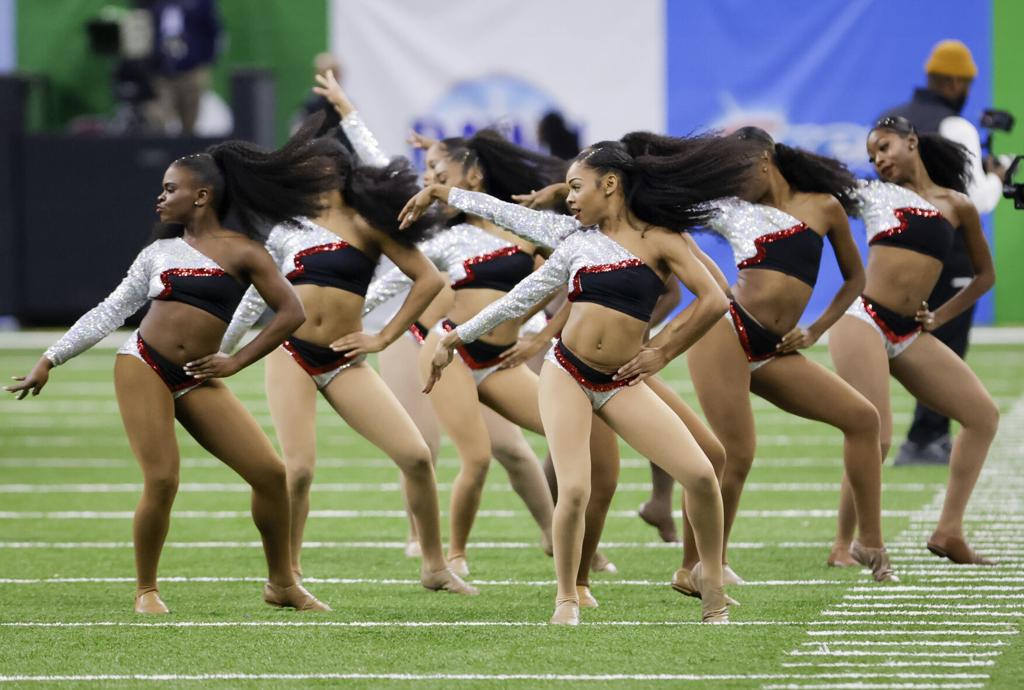
Among the numerous competitions, ‘Battle on the Bayou’ stands out as a premier event. Scheduled to take place in the vibrant city of New Orleans, Louisiana, Battle on the Bayou 2024 promises to be a showcase of top-tier talent and thrilling performances. The event draws teams from across the country, each vying for the title and the prestige that comes with it.
The competition is known for its high-energy atmosphere and the level of skill displayed by the participants. From intricate stunts to perfectly synchronized dance routines, the Battle on the Bayou 202′ will highlight the very best in cheerleading. For many teams, performing at this event is the culmination of months, if not years, of hard work and dedication.
The Athleticism and Skills Required in Cheerleading
Cheerleading is a sport that requires a diverse set of skills. Athletes must possess strength, flexibility, agility, and endurance. Tumbling skills, such as flips and handsprings, require a strong core and precise technique. Stunting, which involves lifting and throwing teammates, demands strength, coordination, and trust among team members. The dance component requires rhythm, grace, and synchronization.
In addition to physical skills, mental toughness is crucial in cheerleading. Athletes must perform under pressure, often in front of large audiences and judges. The ability to stay focused and execute routines flawlessly is a testament to their mental discipline.
The Role of Teamwork in Cheerleading
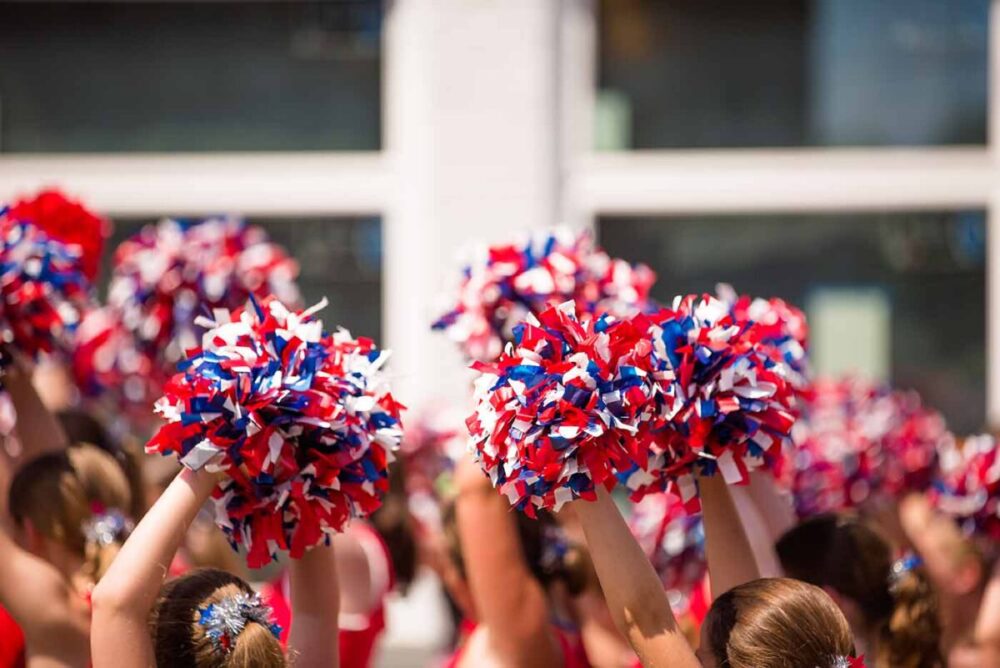
One of the defining aspects of cheerleading is the emphasis on teamwork. Unlike individual sports, cheerleading routines rely heavily on the coordination and cooperation of the entire team. Trust is a fundamental component, especially in stunting, where athletes must rely on their teammates to catch them or support them in complex formations.
Team bonding activities and consistent practice are essential for building the trust and rapport necessary for successful performances. Teams often spend countless hours perfecting their routines, ensuring that every member knows their role and can execute it perfectly. This camaraderie and team spirit are what make cheerleading a unique and fulfilling sport.
The Impact of Cheerleading on Participants
Participating in cheerleading offers numerous benefits beyond the physical. It fosters a sense of community and belonging, as athletes work together towards a common goal. The sport also instills values such as discipline, perseverance, and leadership. Many former cheerleaders credit their experience with helping them develop skills that are valuable in their personal and professional lives.
Cheerleading also provides opportunities for personal growth and confidence building. Performing in front of an audience and receiving positive feedback can boost self-esteem and encourage athletes to push their limits. The sense of accomplishment that comes from mastering a difficult routine or winning a competition is immensely rewarding.
The Challenges Faced by Cheerleaders
Despite its many benefits, cheerleading also comes with its challenges. The physical demands of the sport can lead to injuries, particularly in stunting and tumbling. Sprains, strains, and fractures are common, and athletes must be vigilant about their safety and well-being.
Moreover, the competitive nature of the sport can be stressful. The pressure to perform well and the rigorous training schedules can take a toll on athletes. Balancing cheerleading with academic responsibilities and other commitments requires excellent time management skills.
Looking Ahead: The Future of Cheerleading
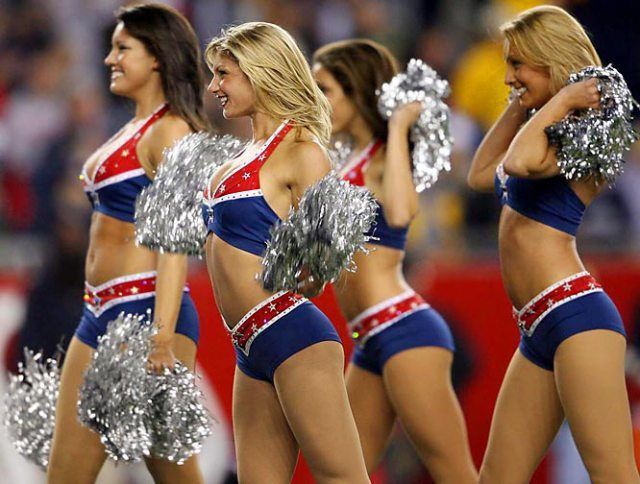
The future of cheerleading looks promising, with the sport continuing to grow in popularity and recognition. Efforts are being made to promote safety and reduce the risk of injuries, with organizations like the American Association of Cheerleading Coaches and Administrators (AACCA) providing guidelines and resources for coaches and athletes.
The inclusion of cheerleading in international competitions, such as the ICU World Cheerleading Championships, has also helped to elevate the sport’s status. There is even ongoing discussion about the possibility of cheerleading becoming an Olympic sport, which would be a significant milestone for the cheerleading community.
Cheerleading has come a long way from its origins as a sideline activity to becoming a highly competitive and respected sport. The Battle on the Bayou 2024 is a testament to the skill, dedication, and passion of cheerleaders from across the country. As the sport continues to evolve, it will undoubtedly inspire and impact many more athletes, fostering a sense of community, discipline, and excellence.
Cheerleading is not just about the cheers and the pom-poms; it is a sport that embodies athleticism, artistry, and teamwork. Whether at the Battle on the Bayou 2024 or any other competition, cheerleaders continue to push the boundaries of what is possible, captivating audiences and earning their place as true athletes.








